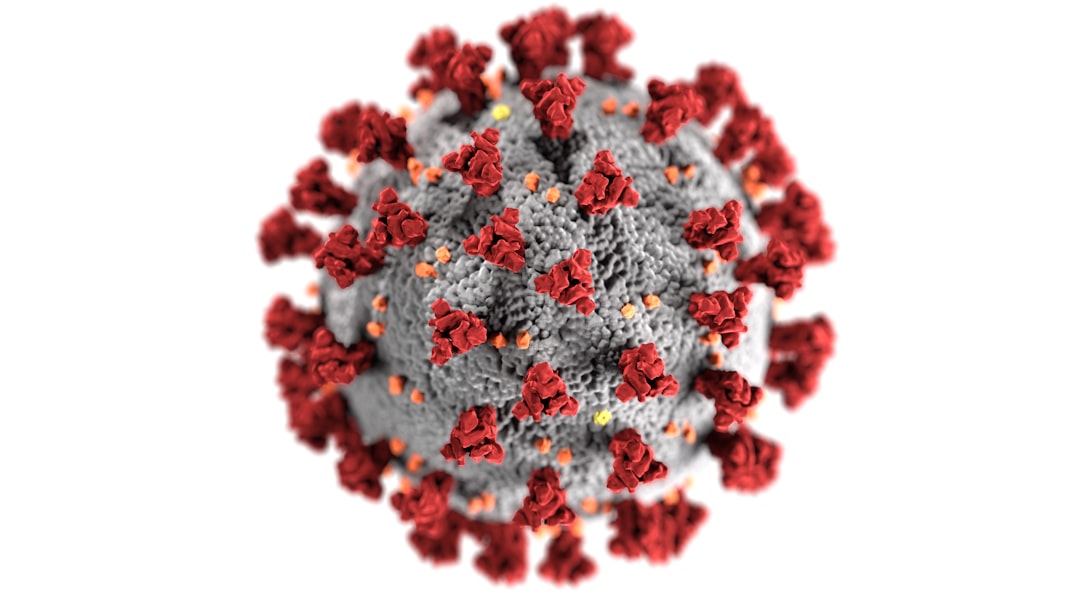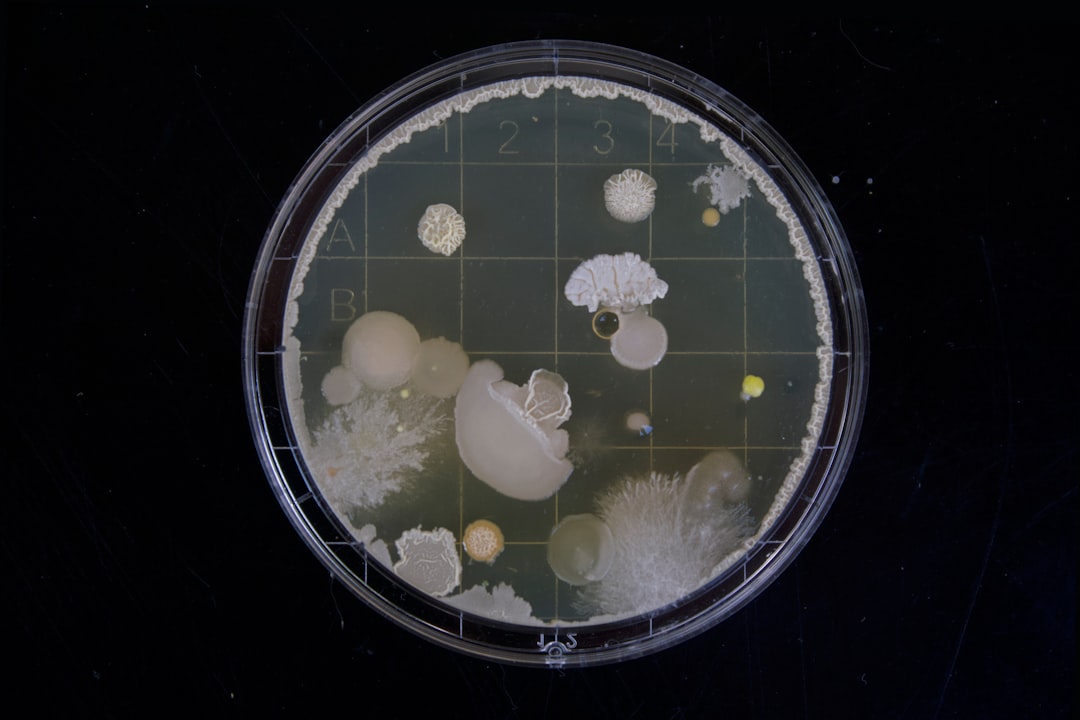What is it about?
Red blood cells are responsible for the oxygen transport within the body. This is facilitated by the molecule heme in the protein hemoglobin, which has iron at its core. When donating blood, the body loses the iron in the red blood cells of the donated blood. Frequent blood donors are therefore at an increased risk of developing iron deficiency. Currently, there is no easy and routinely available method to detect iron deficiency in blood donors before the amount of healthy red blood cells drops below normal levels, which is referred to as anemia. Researches now have developed an optical technology to detect iron deficiency in a pre-anemic state. The measurement is performed on the tubing between the donor and the blood collection bag during the donation. The measurement takes about 1 minute and provides an immediate result at very low costs. An evaluation with 100 frequent blood donors showed a high sensitivity to identify blood donors with advanced iron deficiency before anemia occurs. The method was shown to be more sensitive than the standard assessment of the hemoglobin value.
Featured Image

Photo by Nguyễn Hiệp on Unsplash
Why is it important?
The optical method promises to prevent iron deficiency anemia of frequent blood donors by providing an early warning signal. Beyond the health benefit for the blood donor, this might also lead to less rejections of blood donors due to iron deficiency anemia. This is of particular importance for blood donation services as rejected donors are often lost for future donations and regular blood donors provide the majority of donations. "The presented application of optical spectroscopy provides a tangible means for blood donation services to better maintain their donors health and willingness to donate. The method is reliable, easy to apply and cost effective. In future longitudinal studies, we aim to evaluate the most appropriate action to prevent iron deficiency anemia based on this novel method." - Dr. med. Ernst-Markus Quenzel, BRK Blood Donation Service -
Read the Original
This page is a summary of: Non-Invasive Zinc Protoporphyrin Screening Offers Opportunities for Secondary Prevention of Iron Deficiency in Blood Donors, Transfusion Medicine and Hemotherapy, January 2023, Karger Publishers,
DOI: 10.1159/000528545.
You can read the full text:
Contributors
The following have contributed to this page










